
 |
Address:
Team:
Phone :
Fax / :
Email /
|
Observatoire Midi Pyrenees, 14 avenue Edouard
Belin, 31400 Toulouse, France
(+33) 5 6133 2887
(+33) 5 6133 2840
reconstruct my email:
firstname.lastname@irap.omp.eu
|
 Page in English
Page in English  Pagina web en Español
Pagina web en Español 
The image below has been made with a coronagraph at pic du Midi. This instrument masks the photosphere of the Sun and allows to study the prominences int the H-alpha line.
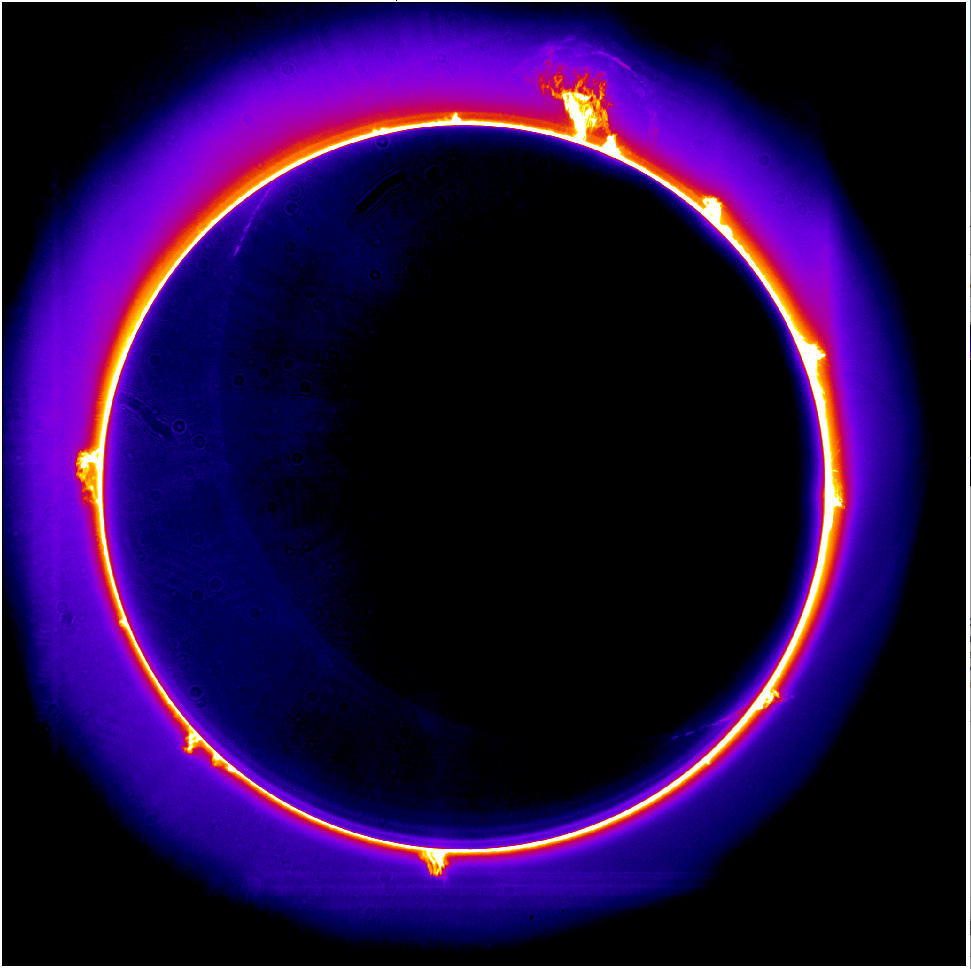
You can download the film from which this image has been extracted. The fils has been recorded on 2012-09-04 from 09:07 à 16:44 UT.
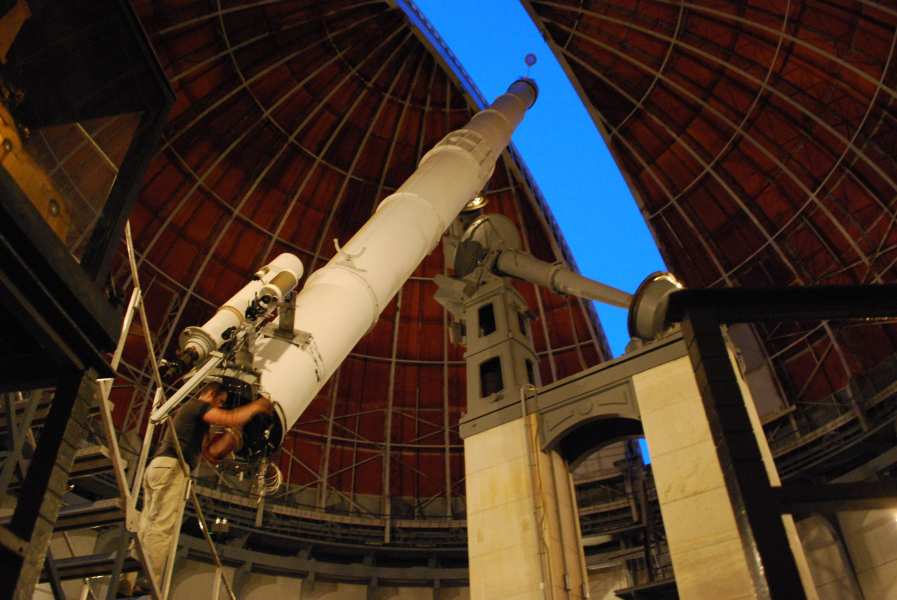
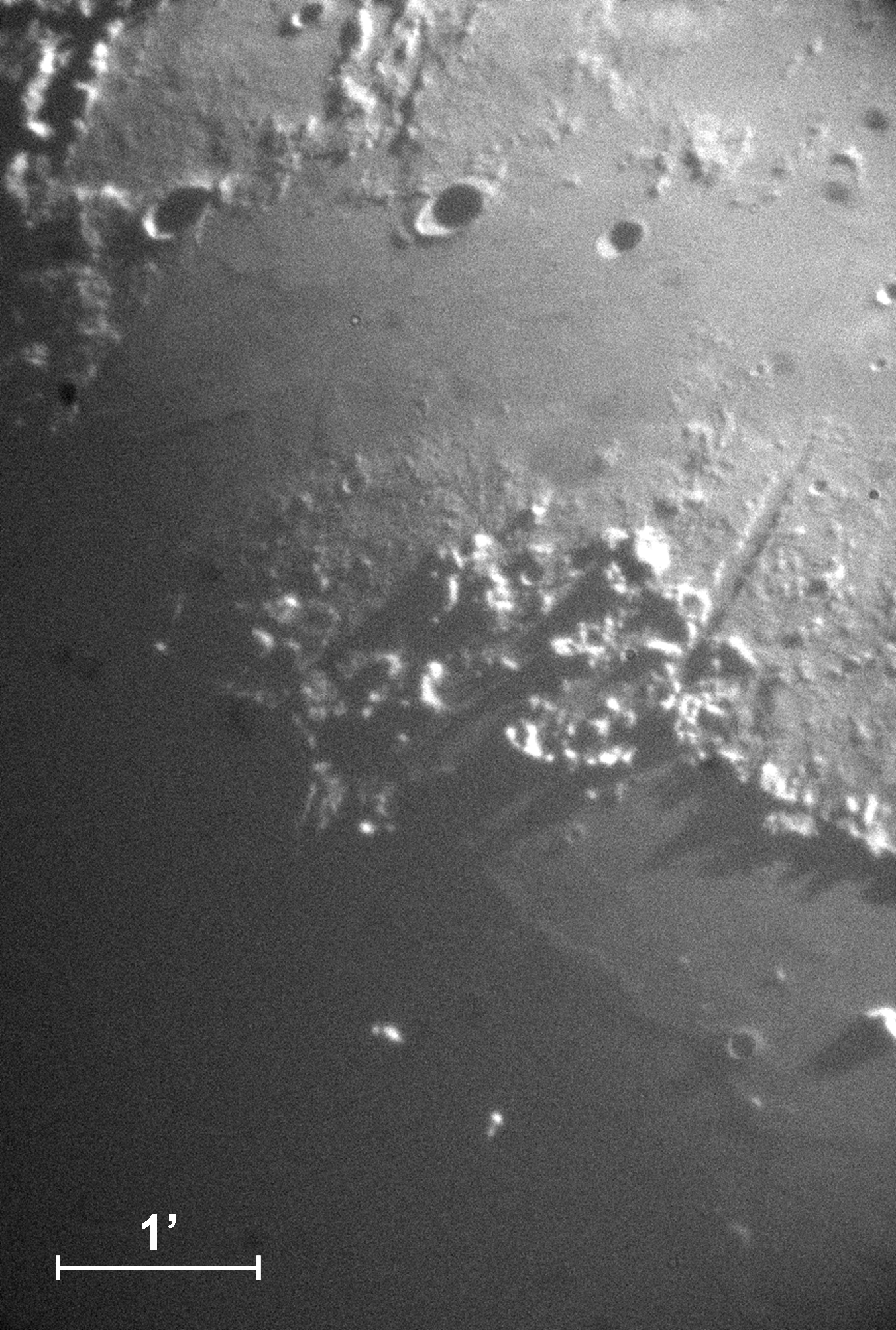
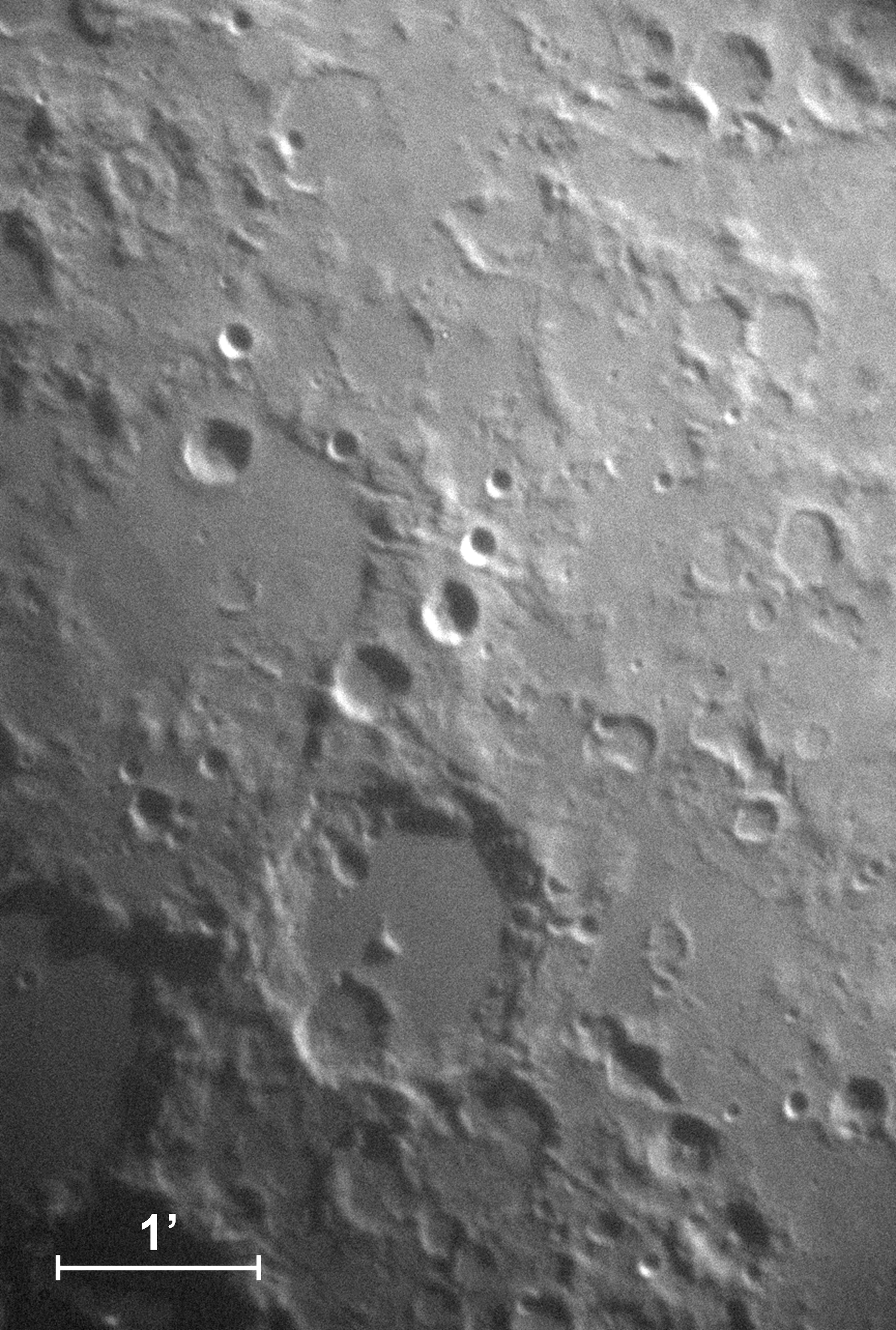
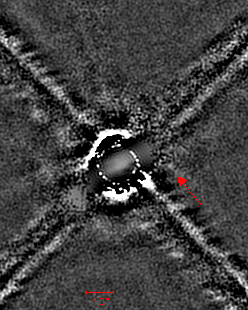
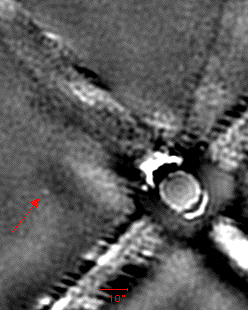
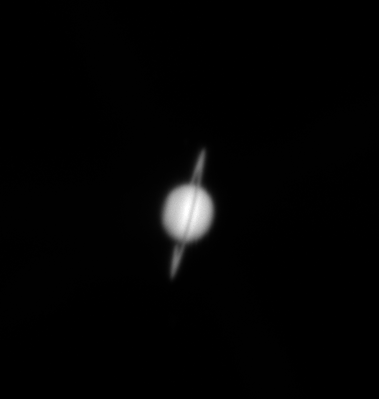
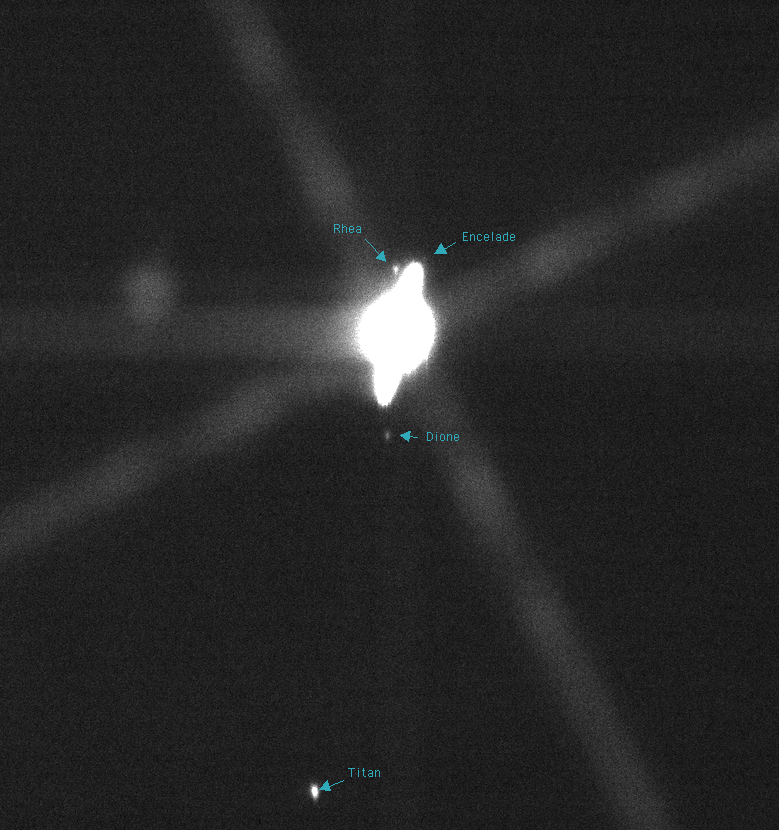

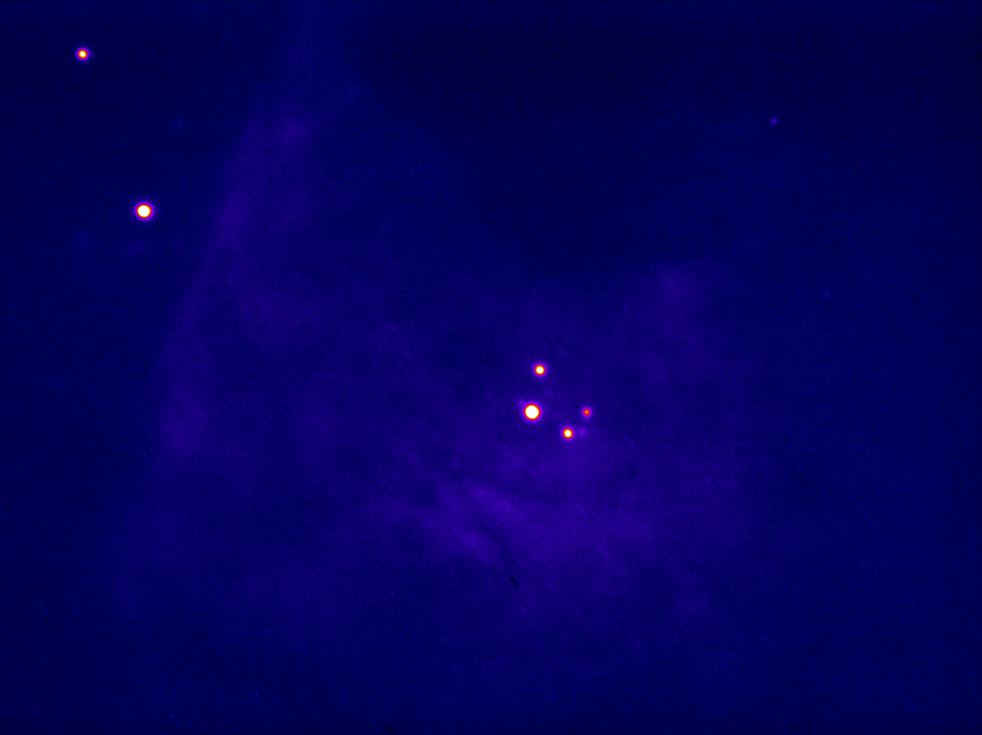
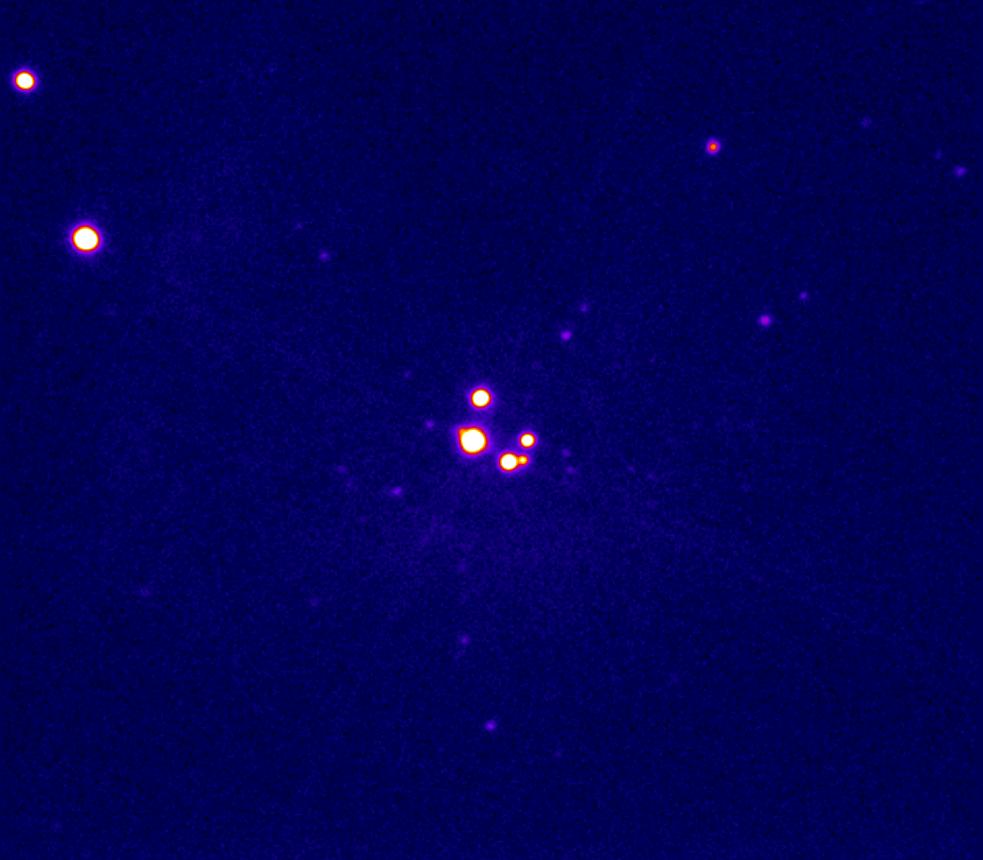
I have recently taken in charge the instrumental development and scientific orientations of the Pic du Midi coronagraph, in collaboration with the Observateurs Associés.
My other research topics are signal and image processing,
mostly
dedicated to the study of compact astrophysical objects and their
vicinity. I am concerned with multi aperture interferometry, speckle
interferometry, and space imaging.
High angular resolution multi - aperture at GI2T.
High Angular Resolution single aperture at Pic du Midi.
Photon detector developpement.
Medical Imaging: corneal topography.